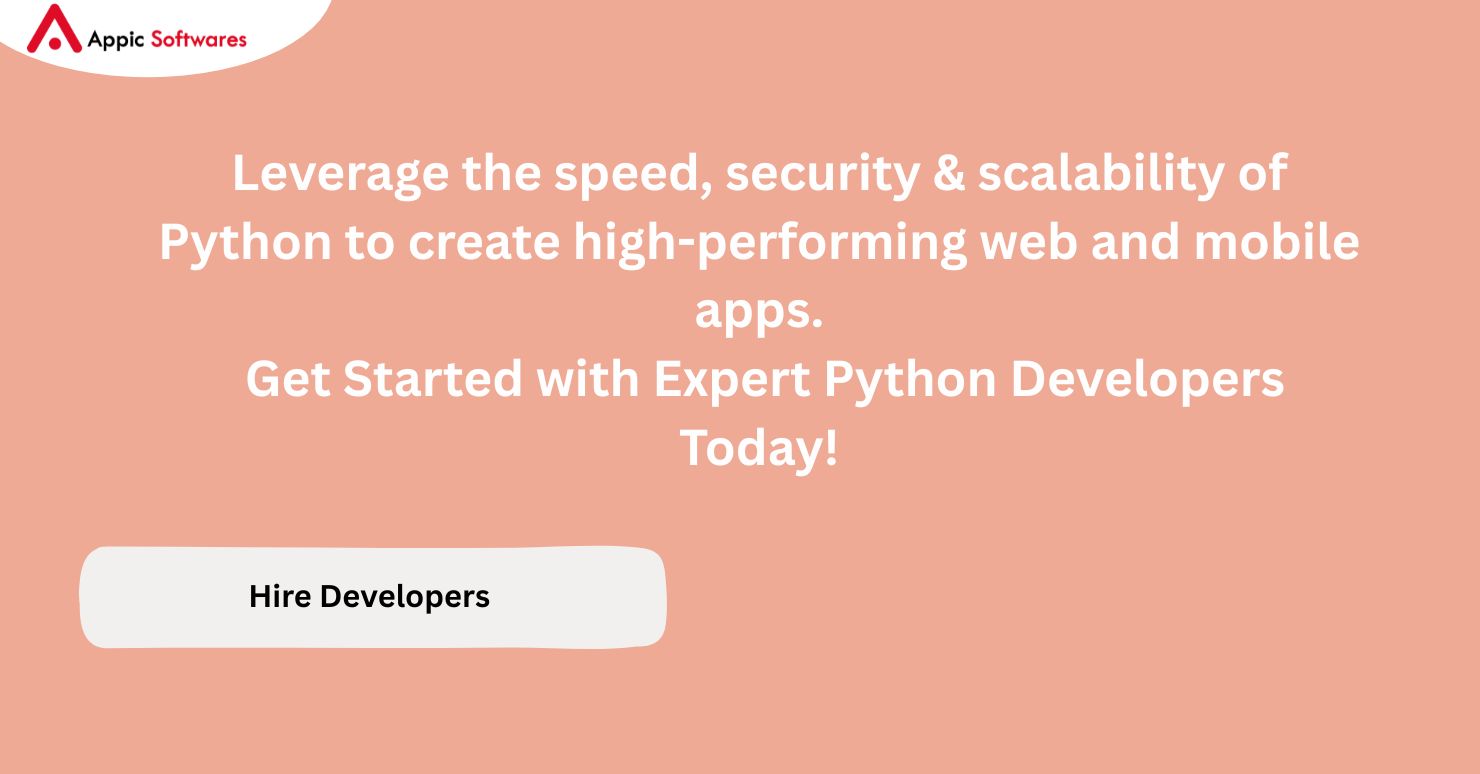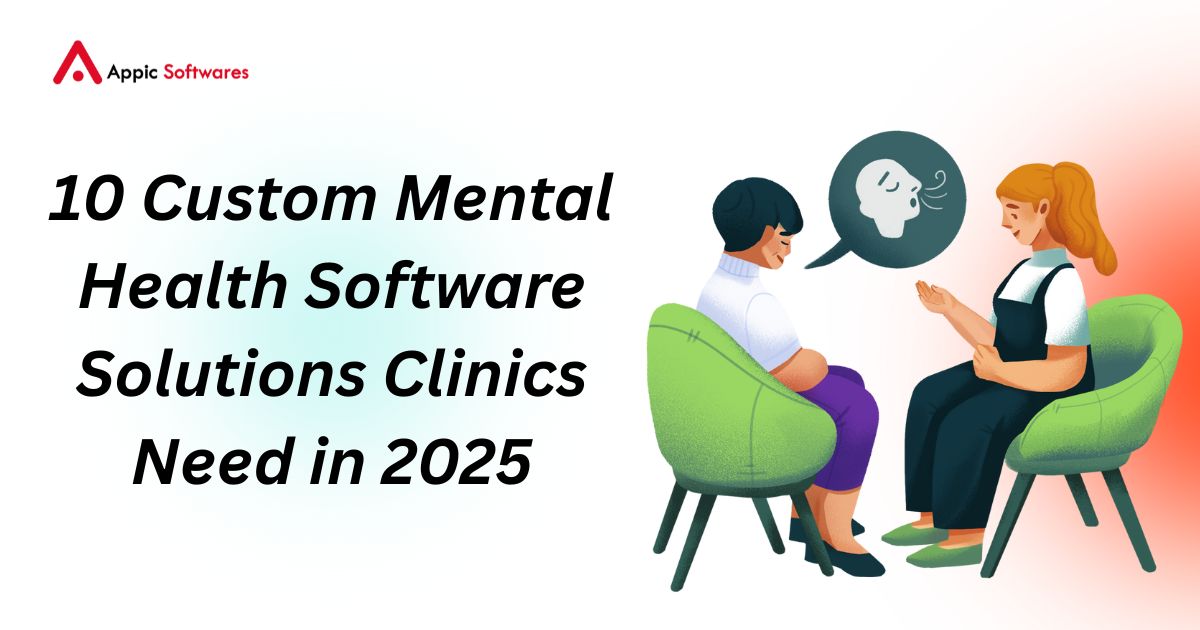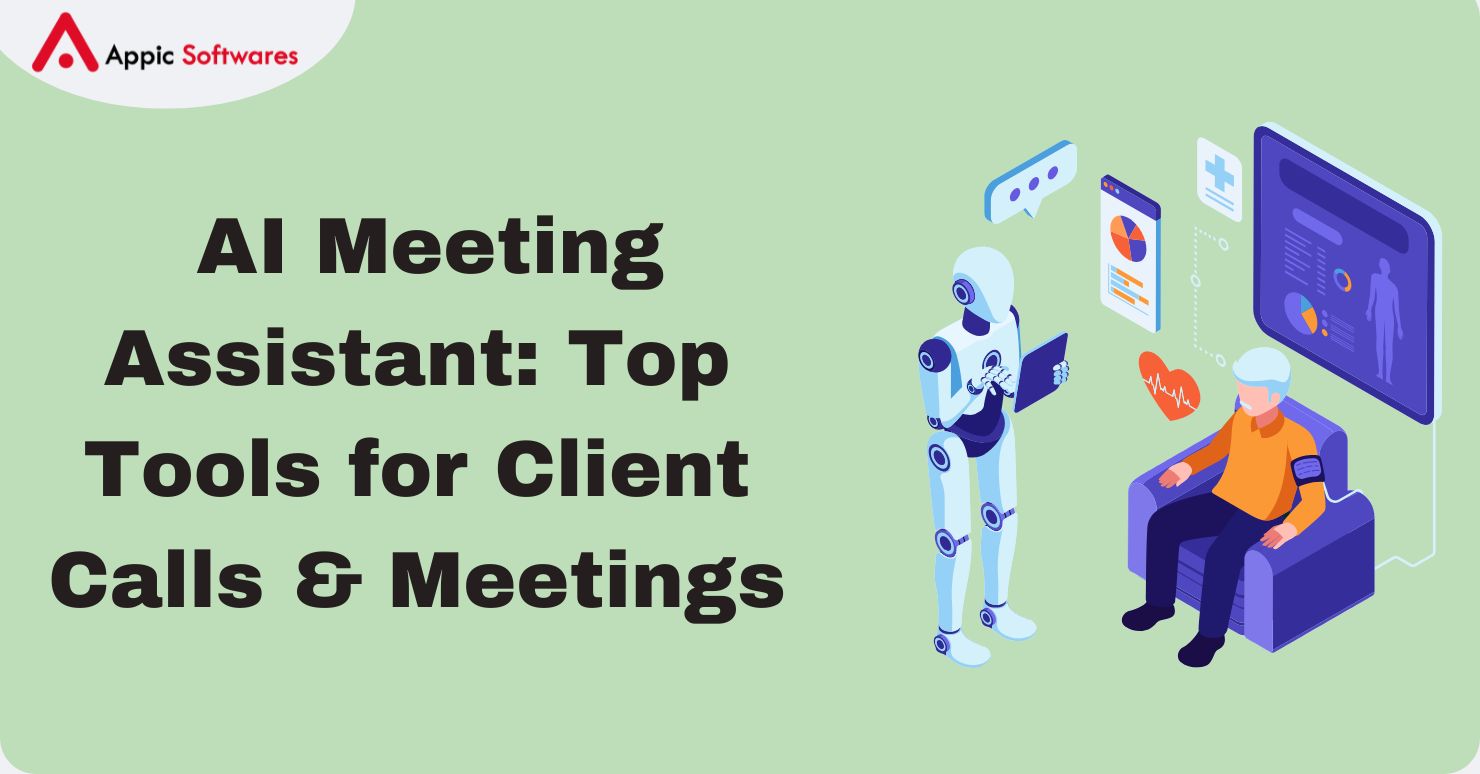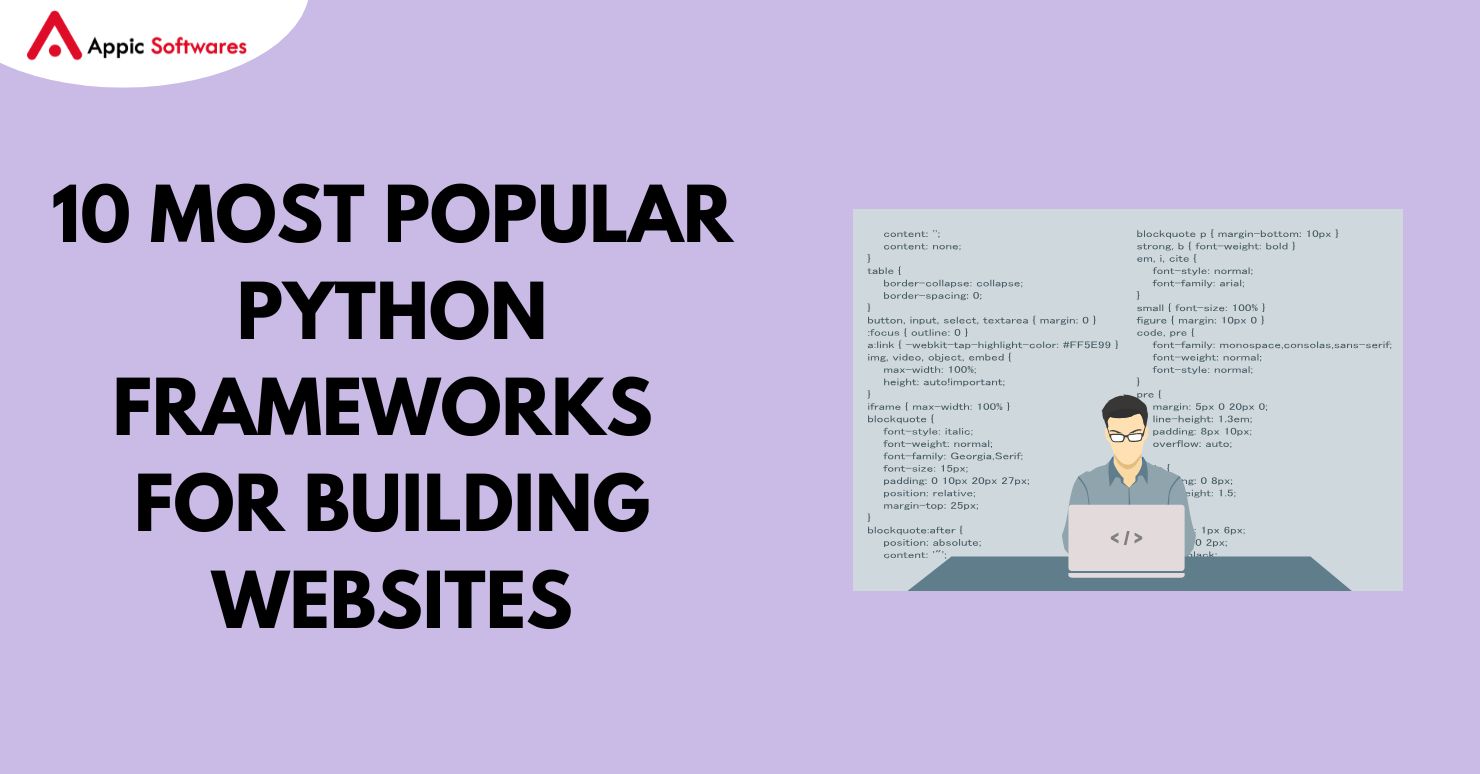
Python is a powerful and adaptable programming language that is becoming more and more popular for developing websites. A lot of people use it, it has a simple syntax, and it includes a lot of libraries. This makes it a wonderful language for developing websites that can grow and are safe. Python has a framework for any kind of project, whether it’s a simple website, a REST API, or a complex application for a business. It is also widely used in building dynamic and scalable ecommerce websites using Python, making it a top choice for modern web development.
According to the Stack Overflow Developer Survey 2024, Python is the third most popular programming language, with more than 45% of developers around the world using it. One of the main reasons people like Python so much is because it offers a lot of great web frameworks.
What Is Python?
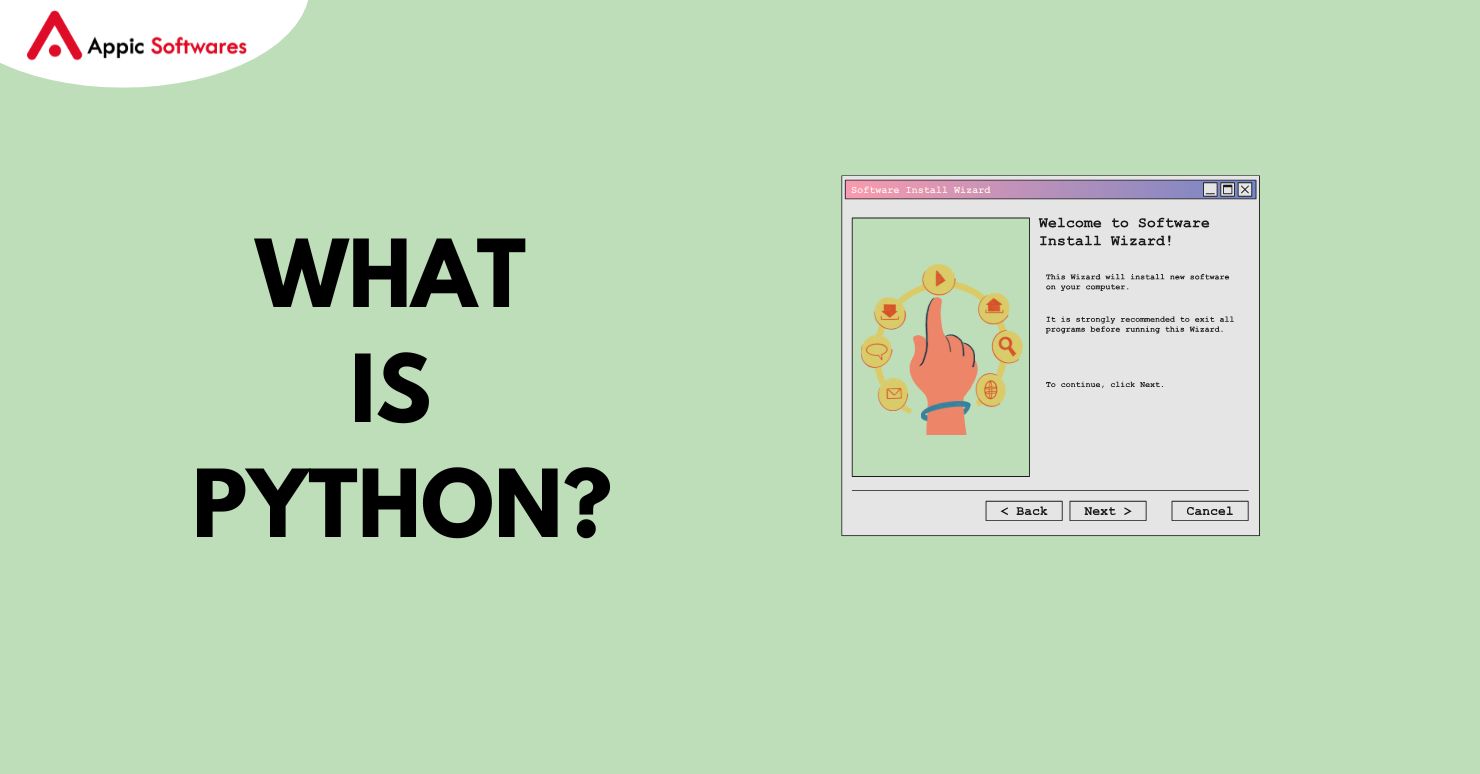
Python is a programming language that may be used in many fields, including web development, data analysis, machine learning, and artificial intelligence. It is very simple to learn. People usually say that it is easy to use, has a lot of built-in tools, and can be utilized in a variety of different ways. A lot of people work together to improve Python. It was designed to be easy to read and need less code.
Some of the great things of Python are that it is easy to learn and code, it supports object-oriented programming, it works on any platform, and it is faster and more secure. It is used in a lot of diverse fields, such as finance, healthcare, education, banking, electronics, and more. It comes with a number of frameworks for different things, such web development, data science, artificial intelligence, and more.
Bonus read: How To Build A Website Like Zillow?
What Are Frameworks For Python?
A Python framework is a collection of tools and modules that make it easier to create websites, web apps, or software by giving you pre-written code and structure. You can think of it as a “starter kit” that keeps you from having to write a lot of the same code over and over again. You might instead focus on the portions of your project that are different.
Think about how you would build a house (in this example, your web app). Consider designing every aspect of your project, from the floor plan to the roof, and starting from the beginning. But this would require a lot of time, work, and knowledge. You can also use Python to build a payment gateway website that is both scalable and secure for online transactions.
Now, picture someone giving you the frame of a house. It already has walls, a roof, and rooms built in, so all you have to do is add furniture, paint the walls, and make it your ow
n. That “house frame” is like a Python framework in that it gives you the fundamental structure and some important tools to get started right away.
Popular Python Framework for Websites
1. Django
Django is the most popular and full-featured web framework for Python. It was made in 2005 and follows the “batteries-included” principle, which means it comes with most of the tools you need. Django is a wonderful choice for developers who want to build apps that are strong, safe, and can grow without having to use tools from other organizations.
Django has a variety of built-in tools, such as an authentication system, an ORM (Object-Relational Mapper), form handling, a template engine, an admin interface, and more. It is based on the MTV (Model-Template-View) architecture, which makes it easier to work with complex web programs. For businesses looking to launch an online store, there are top WooCommerce website development agencies that specialize in Python-based eCommerce solutions.
Django places a lot of stress on security and blocks common attacks like SQL injection, cross-site scripting (XSS), and cross-site request forgery (CSRF). It has a lot of users and documentation, which makes it a fantastic alternative for both beginner and experienced developers.
Django can handle a lot of traffic and intricate features, as seen on popular sites like Instagram, Pinterest, and Mozilla.
2. Flask
Flask is a tiny framework that is supposed to be easy to use and change. Django has built-in functionality for database abstraction, authentication, and form validation, whereas Flask does not. Instead, it lets developers choose the tools they wish to employ, which provides them more freedom in how they build their products.
Flask uses both the WSGI tools and the Jinja2 templating engine. Because it’s so simple, it’s perfect for small apps, prototypes, and microservices. But it’s also robust enough to grow with add-ons like Flask-Login for logging in, Flask-WTF for managing forms, and Flask-SQLAlchemy for ORM.
One of Flask’s major strengths is its simplicity. Developers can get a basic web application up and running in just a few lines of code. It also supports RESTful request handling, making it an excellent choice for building APIs.
Flask has been adopted by tech giants like Netflix, Reddit, and AirBnB, thanks to its lightweight and scalable nature.
3. FastAPI
FastAPI is one of the newest frameworks in the Python ecosystem, but it has quickly become popular for building high-performance APIs. It is built on top of Starlette (for the web parts) and Pydantic (for data validation). FastAPI uses Python type hints to validate data and generate documentation automatically.
One of the key advantages of FastAPI is its support for asynchronous programming, which significantly improves performance for IO-bound operations. Developers can write endpoints using async and await, resulting in faster execution and higher throughput.
FastAPI automatically generates OpenAPI and ReDoc documentation, which is incredibly helpful for teams working with API consumers. It is also easy to integrate with OAuth2 authentication and SQL databases through ORM libraries like SQLAlchemy or Tortoise ORM.
Used by companies such as Uber, Microsoft, and Netflix, FastAPI is ideal for building RESTful APIs, microservices, and asynchronous web apps with complex data handling requirements. Additionally, Python is widely used to implement AI in a website, enabling smarter customer experiences and automation.
4. Tornado
Tornado is a Python web framework and asynchronous networking library originally developed by FriendFeed, which was later acquired by Facebook. Unlike traditional frameworks that use synchronous blocking IO, Tornado is designed to handle thousands of simultaneous connections using non-blocking IO.
This makes Tornado an excellent choice for building real-time web applications like chat apps, live dashboards, and streaming services. It includes a built-in HTTP server, WebSockets support, authentication mechanisms, and localization.
Tornado is not as beginner-friendly as Django or Flask because of its unconventional structure and heavy use of asynchronous patterns. However, for developers familiar with asynchronous programming, it provides unmatched scalability.
Its event-driven networking capabilities make it particularly suitable for applications that require long-lived network connections, such as messaging systems and gaming servers.
5. Pyramid
Pyramid is a flexible and modular Python web framework that caters to both small and large applications. It does not impose any specific project structure, which allows developers to use their preferred tools and libraries. At the same time, it offers powerful configuration and extensibility features when building complex applications.
Pyramid supports both URL dispatch and traversal-style routing, gi
ving developers more flexibility in defining their application’s behavior. It works well with different ORMs, such as SQLAlchemy, and supports authentication, authorization, and templating engines.
One of Pyramid’s most appreciated features is its scalability. You can start with a minimal application and gradually integrate more components as the project grows. It is also known for its testability and transparent design.
Organizations like Mozilla and SurveyMonkey have used Pyramid for their internal and public-facing web apps, proving its reliability in production environments.
You may like reading: Data Analytics In Healthcare: Use Cases And More
6. Bottle
Bottle is a fast, simple, and lightweight micro-framework for building small web applications. It is distributed as a single file and has no external dependencies apart from the Python Standard Library. This makes Bottle ideal for embedded systems, prototypes, and simple personal projects.
Despite its small size, Bottle provides routing, templating, request handling, and basic server capabilities. It can run on various WSGI-compliant servers and supports multiple backends like SQLite and MySQL.
Bottle’s syntax is clean and easy to learn, making it a great starting point for beginners. However, for larger applications, developers may find themselves needing to write a lot of boilerplate code or rely on third-party extensions for advanced features.
It is often used in IoT projects, custom dashboards, and academic environments where performance and minimalism are key.
7. CherryPy
CherryPy is one of the oldest web frameworks for Python that is still actively maintained. It enables developers to build web applications in much the same way they would build any other Python program—using classes and methods.
It comes with its own multi-threaded HTTP server and supports session management, static content handling, and powerful configuration options. CherryPy abstracts much of the HTTP protocol boilerplate, allowing developers to focus on application logic.
CherryPy’s architecture is very Pythonic, and it can be used to serve both static and dynamic content. It supports WSGI, which means it can also be combined with other Python frameworks or middleware.
While not as popular as Django or Flask, CherryPy is praised for its stability, reliability, and ease of deployment. It’s often used for long-running web services, administrative interfaces, and backend APIs.
8. Web2py
Web2py is a full-stack Python web framework that comes with its own IDE, web-based interface, and ticketing system for error management. It was designed with simplicity and productivity in mind, targeting educational, government, and business environments.
Web2py includes an integrated development environment, code editor, debugger, and deployment system all accessible via the browser. It also offers a built-in ticketing system that logs errors and provides detailed tracebacks for easier debugging.
The framework uses its own web-based deployment system, which allows apps to be easily packaged and deployed to cloud platforms. While Web2py does not support Python 3 as fully as other frameworks, its focus on backward compatibility and integrated features still make it attractive for certain use cases.
It is often used for database-driven applications like school portals, internal dashboards, and CRUD-heavy applications.
Bonus read: 5 Best Ways To Test Laravel Website
9. Falcon
Falcon is a minimalist Python framework for building website designed for building high-performance REST APIs. It emphasizes speed, reliability, and correctness. Unlike Django or Flask, Falcon is not meant for full web applications, it is purpose-built for APIs.
Falcon is designed around HTTP and WSGI. It enables developers to build lightweight and highly efficient services for things like IoT platforms, mobile app backends, and microservices. It does not rely on templates or a database abstraction layer, making it faster and more predictable.
Because it is unopinionated, Falcon offers complete control over routing, request processing, and response formatting. It is optimized for speed and can handle millions of requests per day with minimal CPU overhead.
Some well-known companies, such as LinkedIn and OpenStack, use Falcon for their backend API services due to its speed and scalability.
10. Sanic
Sanic is an asynchronous Python web framework for website designed for performance. Inspired by Flask, Sanic adds support for asynchronous request handlers using Python’s async and await syntax. It allows developers to write non-blocking code and take full advantage of Python’s asynchronous capabilities.
Sanic is one of the first Python framework for building website to support asynchronous programming natively, making it ideal for building high-speed applications, streaming services, and real-time apps.
Sanic supports request routing, middleware, streaming responses, and WebSockets. It also includes features for testing, logging, and debugging. Thanks to its async-first approach, Sanic can handle tens of thousands of concurrent connections.
While it may not be as beginner-friendly as Flask, Sanic is perfect for developers working on projects where speed and concurrency are crucial.
Conclusion
Python offers a diverse ecosystem of web frameworks that cater to different project requirements, from simple static websites to complex, data-driven platforms and APIs. Choosing the right framework depends on your project’s size, performance needs, scalability goals, and developer expertise.
If you’re building a complex and large-scale application with built-in tools, Django is the best choice. For smaller projects or quick APIs, Flask or FastAPI offer speed and flexibility. Need real-time capabilities? Tornado or Sanic may be ideal. Looking for minimalism? Bottle or Falcon could be your go-to. Appic Softwares can help you in all of this.
Understanding the strengths and limitations of each framework is key to making an informed decision that ensures both developer productivity and application success.
FAQs
Which Python framework for building website should I choose for my project?
The best Python framework for your project depends on your specific needs. If you want a full-featured solution with built-in tools, Django is ideal for large and secure applications. If you need flexibility and minimal setup, Flask or FastAPI are great for microservices or APIs. For real-time capabilities, Tornado or Sanic should be considered. If you’re unsure where to start, explore this guide on Python Web Development to learn how each framework aligns with different use cases.
How is Python 2 different from Python 3 for web development frameworks?
Most modern frameworks now support only Python 3 because it includes improved syntax, better Unicode handling, and more security features. Python 2 has reached its end of life and is not recommended for any new projects. While older frameworks like Web2py initially supported Python 2, current best practices encourage migrating to Python 3. You can learn more about the detailed differences in this comparison of Python 2 vs Python 3.
Can I switch frameworks once my website is built?
Technically, it is possible but not recommended unless absolutely necessary. Each framework has its own architecture, syntax, and dependencies. Migrating from one to another—say from Flask to Django—can be time-consuming and may require rewriting significant parts of your codebase. However, if your current framework limits your scalability or performance, switching might be worth the investment. It’s best to evaluate your long-term goals at the beginning and select the most appropriate framework upfront.






